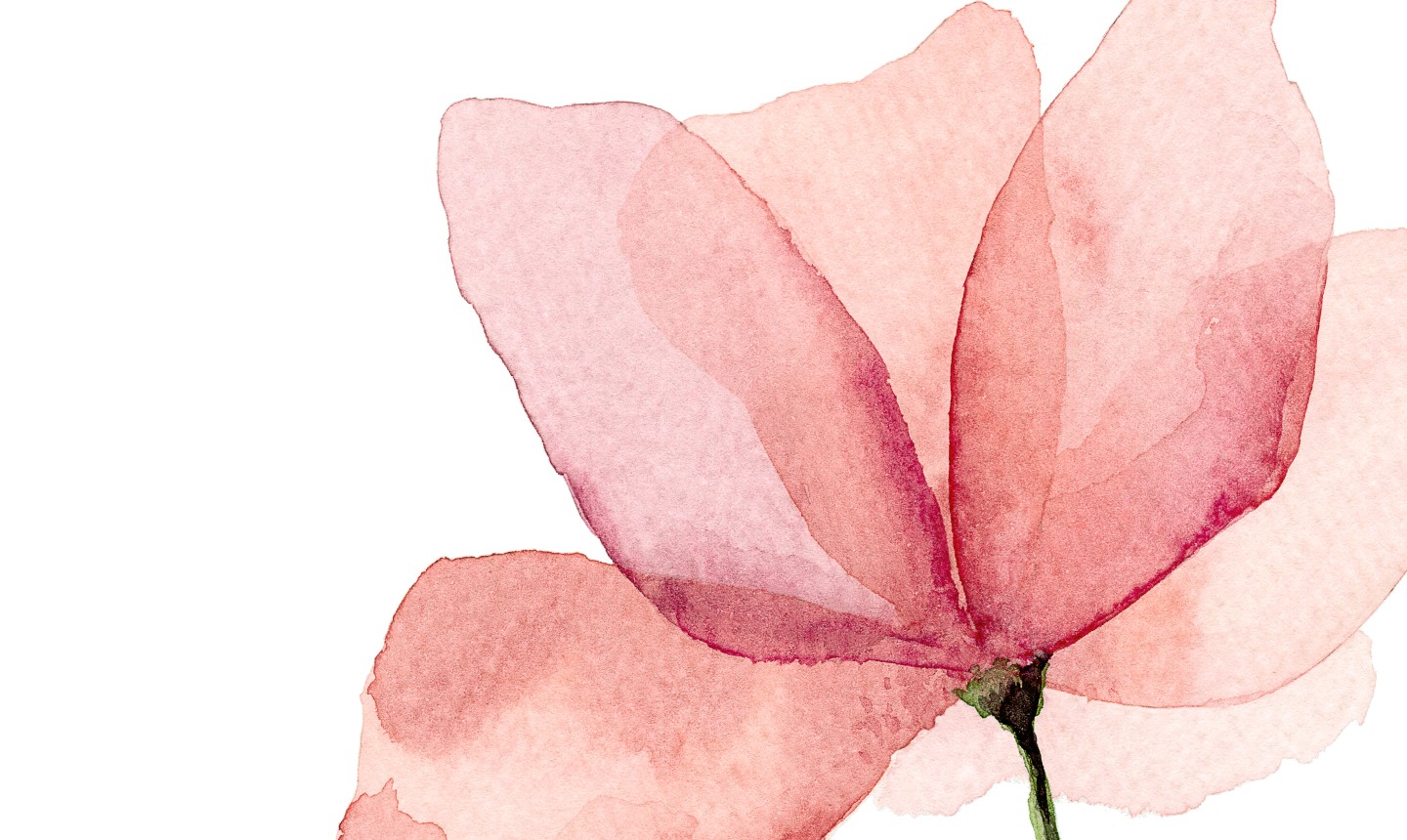Entry #2 Get Start on Watercolor
 Entry #2 Get Start on Watercolor When you just started to learn about watercolor, you need watercolor paints, it can either be pan, half-pan, or tubes. Half-pan has a smaller size, so it is easier to carry around, and you can have a paint box to carry any kind of paint you want. If you ask me what kind of brand to buy, I will recommend you to buy the best, which is usually the more expensive ones because the less expensive watercolor tubes have less pure pigments, and cheap ones doesn't have bright coloration. Sometime the less expensive watercolors does this (picture below).  Same with paint brushes, the ones with higher price are better, and you can choose the different size and type you want. Next, you need to choose paper, there are cold press and hard press paper, the cold press you will use for less detail picture, on the other hand, the hot press paper will use for more detail pictures.  Some additional equipment you might need are palettes(plastic or ceramic), kitchen paper (absorb water), sponges (create texture), masking fluid (highlight), cotton swabs (lifting out), gummed tape (stretching paper), masking tape (securing paper to drawing board), pencil and eraser (preliminary sketch). Techniques: 1, For beginners, a flat wash is the easiest technique to grasp, however, there are graded wash and variegated wash. 2, Drop in color into a still damp wash, this is call wet in wet. 3, Brushwork, you can use brushwork to create strokes, fine lines, and dots or dabs with different shape of brushes. 4, Masking highlights, when you have a difficult time to leave out white space for highlight, you can use masking fluid to create highlights. 5, Lifting out, using paper towel, sponge, or dry brush to lift color off from a wet paper to make light color on paper. 6, Underdrawing is using pencil to draw a light sketch to guide you when you are ready to color. After understanding and practicing these techniques, you will be able to draw with watercolor. Weather you wanna draw landscape, buildings, still life, or people. No beginners can draw as great as people had experiences for years, but only if you are really interested and willing to practice watercolors, you will be able to smoothly control your brush and become successful. |

Wennan your post has drawn me in and had captured me! Just reading this I was trying to figure out if there was a way to subscribe or not and seeing some of the tips you put into this are just amazing! I make art as well and my mediums go from a standard pencil and pen, rarely markers, acrylic paints sometimes but mainly digital art. I'm not that good on anything asides from digital but i've been working on it a lot and stumbling upon this made my night. I've always loved how certain paintings look but water color has always felt like something that I would always admire but never be able to achieve. Next time I head to a crafts store i'm deffinetly going to pick up some materials and practice using some of the amazing tips and advice you've given!
ReplyDeleteHi, Wennan. I am glad to see you have three entries on your blog so far. Good! You have some good topics and ideas to write about, but your posts are a bit too brief at times, which makes it more difficult for a reader to engage. Keep working on developing your content and your rhetoric to say more and create greater significance for your audience. Good visual appeal. Your writing flows nicely, and your tone is comfortable and authentic. Keep it up!
ReplyDelete